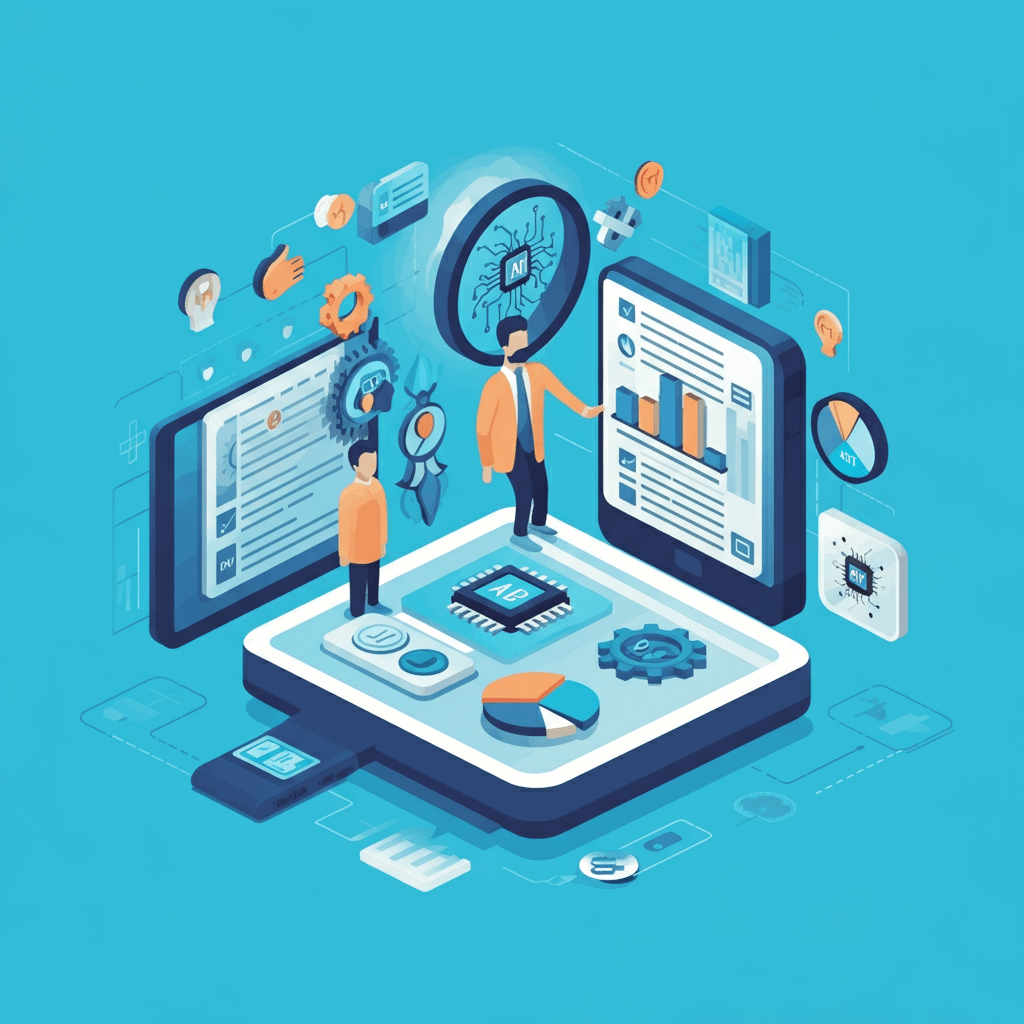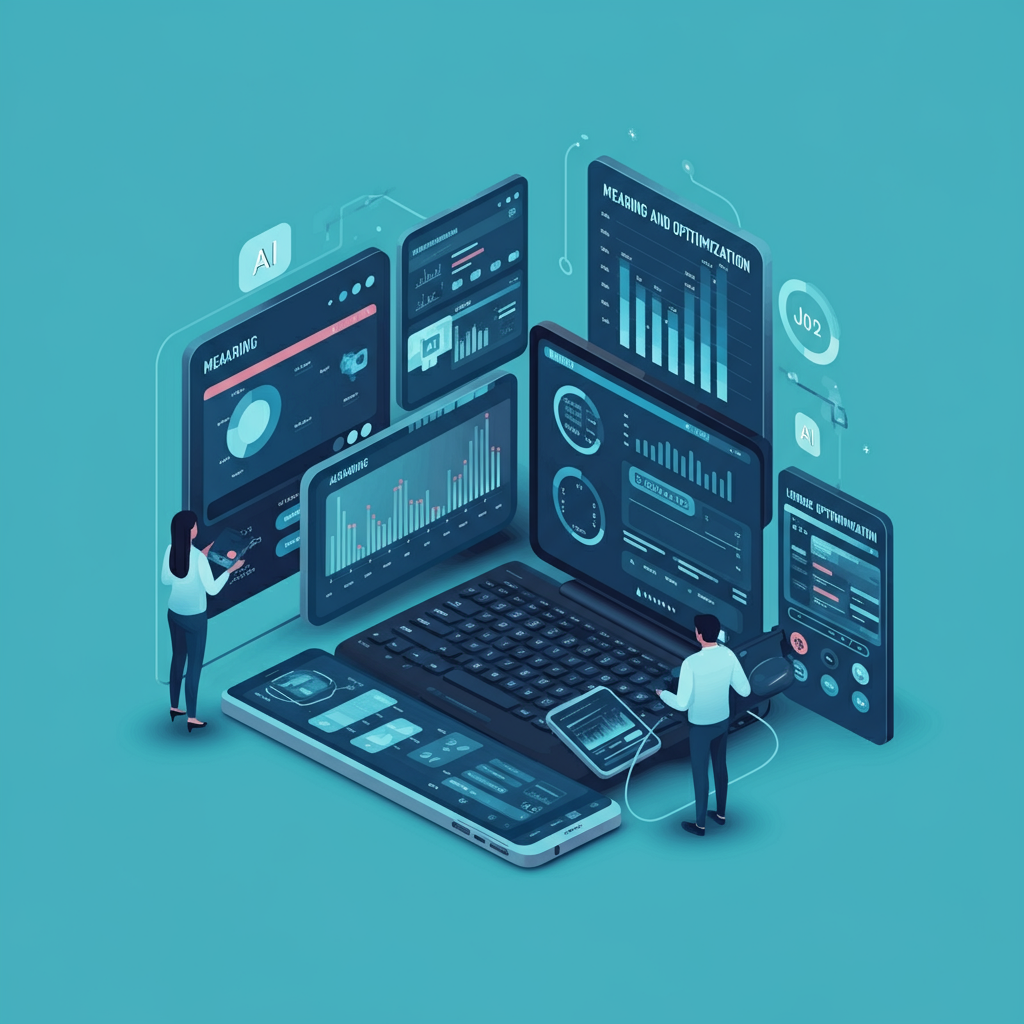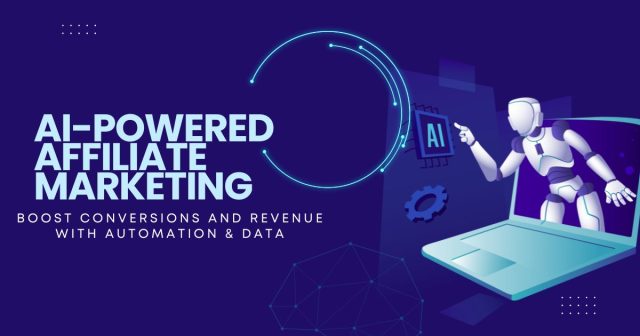In the ever-evolving world of affiliate marketing, staying ahead means embracing cutting-edge tools and strategies. As we move through 2024, artificial intelligence and automation have emerged as game-changers, enabling marketers to streamline workflows, make data-driven decisions, and ultimately boost conversions and revenue. This comprehensive guide will walk you through the key concepts, tools, and implementation steps to harness AI and automation for your affiliate marketing business. Whether you are a seasoned affiliate or just starting out, you’ll discover actionable insights to optimize your efforts and stay competitive in a crowded market.
1. Why AI and Automation Matter in Affiliate Marketing
Affiliate marketing has matured into a sophisticated ecosystem, but with increased complexity comes greater challenges. Manual processes for tracking campaigns, creating content, and analyzing performance can be time-consuming and error-prone. AI and automation address these pain points by handling repetitive tasks, surfacing insights from massive data sets, and facilitating real-time optimization.
Key benefits include enhanced efficiency, improved targeting, and faster decision-making. Instead of manually sorting through spreadsheets, AI systems can identify trends in click-through rates, conversion ratios, and traffic sources. Automation tools then act on those insights to adjust bids, allocate budget, or rotate creatives without human intervention, freeing you to focus on strategy and relationship-building.
Moreover, integrating AI into your workflow can uncover hidden opportunities. Predictive models forecast which products or audiences will respond best, while natural language processing (NLP) helps you craft high-converting copy tailored to specific segments. Together, these technologies form a powerful engine that scales your efforts and maximizes return on investment (ROI).

2. Harnessing Data-Driven Decision Making
Data is the fuel that powers AI. By collecting and processing vast amounts of performance metrics, you enable algorithms to learn and improve continuously. Start by centralizing your data in a single dashboard that aggregates clicks, conversions, revenue, and audience demographics from multiple affiliate networks.
Once your data pipeline is established, apply advanced analytics to uncover patterns. Segment visitors by device type, geographic region, or referral source to pinpoint high-value audiences. Use cohort analysis to track user behavior over time and identify the most profitable customer journeys. These insights allow you to allocate resources more effectively and tailor promotional tactics to each segment.
Predictive analytics takes things a step further. Machine learning models can forecast future performance based on historical trends, seasonality, and market shifts. By anticipating peaks and troughs, you can preemptively adjust budgets, launch timely campaigns, and negotiate better affiliate deals before competition heats up.

3. Top AI Tools and Platforms for Affiliate Marketers
Selecting the right tools is crucial. Here are some categories to consider along with popular options:
- Analytics & Reporting: Google Analytics 4 (with AI insights), Supermetrics, Funnel.io
- Content Generation: OpenAI GPT models, Jasper AI, Copy.ai
- Predictive Modeling: DataRobot, H2O.ai, Amazon SageMaker
- Workflow Automation: Zapier, Integromat (Make), n8n
- Chatbots & Personalization: ManyChat, Drift, Intercom with AI modules
When evaluating platforms, look for native integrations with your affiliate networks, robust API support, and built-in machine learning capabilities. Many tools offer free trials or starter plans, allowing you to test their features before committing to a full subscription.
4. Building Automated Affiliate Workflows
Automation is not just about saving time; it ensures consistency and scalability. Begin by mapping out every step of your affiliate process—from content creation to link tracking and performance analysis. Identify repetitive tasks that can be automated, such as:
- Generating keyword-optimized blog posts or social media captions
- Publishing and scheduling promotional emails
- Updating affiliate links across multiple platforms
- Aggregating daily performance reports
Use workflow automation tools to string together triggers and actions. For example, when your analytics dashboard records a drop in click-through rate, a Zapier workflow could automatically send an alert to your Slack channel and launch an AI tool to test new ad copy variants. This closed-loop system accelerates problem resolution and keeps your campaigns optimized around the clock.
5. Measuring and Optimizing Performance with AI Analytics
Continuous measurement is the backbone of optimization. Advanced analytics platforms equipped with AI can monitor thousands of data points in real time, flagging anomalies and suggesting corrective measures. Key performance indicators to track include click-through rate (CTR), conversion rate, average order value (AOV), and return on ad spend (ROAS).
Anomaly detection algorithms automatically highlight sudden drops or spikes, enabling swift investigation. A/B testing modules powered by AI can dynamically allocate traffic to the best-performing variants, ensuring you capture the highest possible returns. Additionally, multi-touch attribution models help you understand which channels and touchpoints contribute most to sales, guiding strategic budget shifts.
To foster a culture of data-driven optimization, schedule regular review sessions and set up automated alerts for key thresholds. Over time, your AI systems will learn from these interventions, making increasingly accurate recommendations and driving exponential growth.

6. Step-by-Step Implementation Guide
Follow these steps to integrate AI and automation into your affiliate marketing strategy:
- Audit Current Processes: Document all workflows, tools, and data sources. Identify bottlenecks and manual tasks with the highest time investment.
- Centralize Data: Connect affiliate networks, ad platforms, and content management systems to a unified analytics dashboard.
- Select AI Tools: Trial a mix of content generators, predictive analytics, and workflow automators. Choose based on integration ease and ROI potential.
- Design Workflows: Create automated sequences for content creation, link management, and performance reporting. Test thoroughly before full launch.
- Implement A/B Testing: Use AI-driven testing to optimize headlines, creatives, and call-to-actions. Automate traffic allocation to top performers.
- Monitor and Iterate: Set up alerts, review AI recommendations weekly, and refine algorithms with new data.
- Scale Gradually: Expand automated workflows to additional niches or traffic sources once initial systems prove profitable.
Conclusion
AI and automation are no longer optional extras in affiliate marketing—they are essential drivers of efficiency, scalability, and profitability. By centralizing data, leveraging predictive analytics, and building robust automated workflows, you can transform your affiliate operations into a high-performance machine. Start small, test relentlessly, and scale strategically to unlock the full potential of AI-powered affiliate marketing in 2024 and beyond.







